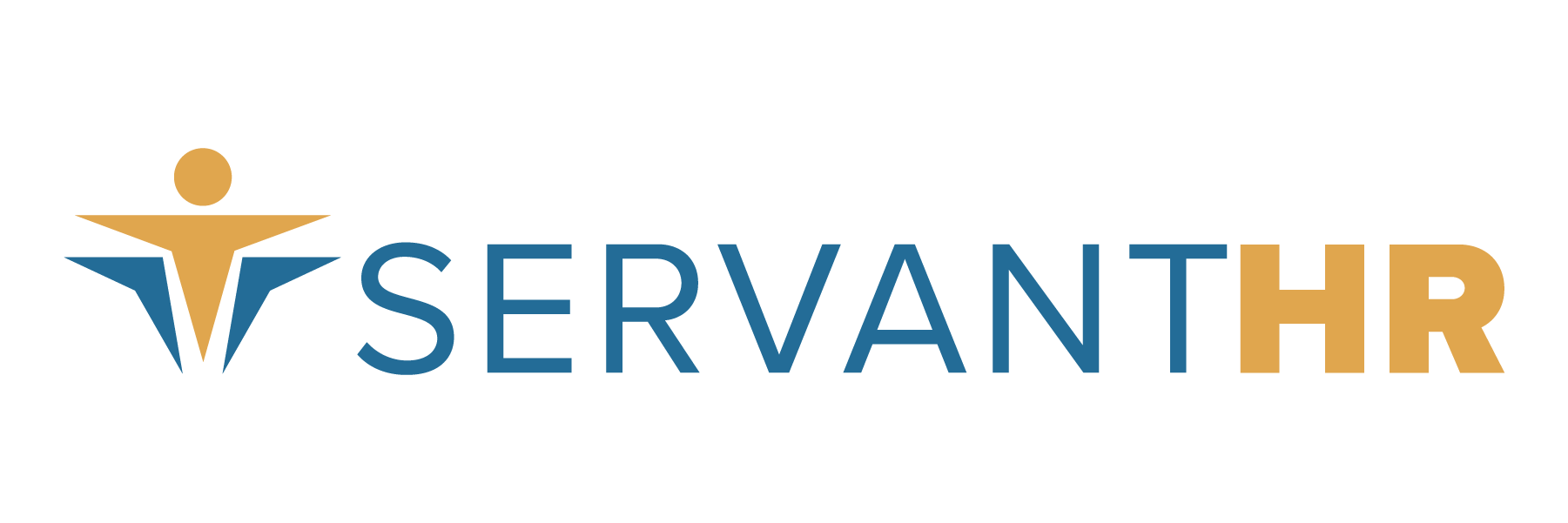Happy New Year, and Happy New Form W-4!
On December 5, the IRS issued the redesigned 2020 Form W-4 (Employee’s Withholding Certificate). The form is long-awaited in the payroll community, as the redesign has been postponed for years due to various concerns and time constraints. However, change can be confusing and the update has been dreaded by many employers and employees alike.
It used to be that new hires filled out their filing status and the number of allowances on the W-4. Using the W-4 personal allowances worksheet, employees calculated a number that told their employers how much money to withhold from their paychecks for federal, state and local taxes.
What’s changed and why
Now things are a bit different. The Tax Cuts and Jobs Act (TCJA) eliminated personal exemptions, which allowed for deductions against a taxpayer’s personal income. These exemptions were tied to allowances, but since exemptions are now gone, the need to determine the number of allowances is gone as well.
Enter the new Form W-4! The form is designed to make tax withholdings more accurate. Those who fill out the 2020 form are less likely to end up with a large tax bill or a big refund when they file tax returns in 2021. This way, wages can be more accurately invested or spent on essential expenses throughout the year. Interestingly, this may actually be the biggest concern for many employees who have used their tax filing as a savings account of sorts in the past.
Not all workers must complete the 2020 Form W-4, as the IRS has designed the withholding tables to work with prior year forms as well. However, all new employees starting in 2020 or employees updating their withholdings in 2020 must use the new Form W-4. The IRS also recommends that employees revisit their W-4 forms annually to account for any life changes, such as getting married or having kids.
A step-by-step guide
So, how should your people actually fill out the form? We’re glad you asked! Listed below are the 5 simple steps for filling out the new W-4:
1.Enter Personal Information
First name, last name, social security number and filing status (single, married, head of household, etc.) are all lumped in this box. This step must be completed by all employees, so if an employee does not fill out the form at all, you are required to calculate their withholding as “Single.” This withholds their taxes at the “Single” rate, resulting in more income tax being withheld.
2. Multiple Jobs or Spouse Works
Employees should complete this step if they currently work more than one job, or if they are married filing jointly and their spouse is working as well. For this step, following option A will give employees the most accuracy (and privacy) of the three, since the new online withholding estimator will use all the relevant entries for the form. Option B provides accuracy as well, but requires manual work so there is more room for error. Option C is the easiest to complete but is the least accurate, as it assumes that both jobs have similar pay.
3. Claim Dependents
Here employees will multiply their number of dependents by specific dollar amounts. When the TCJA was enacted, the law changed so that more people would qualify for the child tax credit. Single taxpayers with an income of $200,000 or less ($400,000 if married filing jointly) are now eligible. If your employees have questions about this section, feel free to direct them to the definitions in IRS Publication 972 – Child Tax Credit if they’re looking to claim the credit.
4. Other Adjustments
This section is optional, but offers a few other things employees may want to consider when calculating their tax withholding. Other income (not from jobs) could include retirement income, dividends, or any additional income that might not be subject to direct withholding. Deductions include things like mortgage interest or charitable contributions. Extra withholding is simply any extra amount of income that the employee would like to withhold per paycheck.
5. Sign and Date
Last of all, your employee must sign the W-4 in order for the form to be valid.
And that’s it! The new W-4 definitely comes with a learning curve, but your confidence with the form will instill confidence in your employees that their taxes will be withheld accurately. More details on each of the steps above (including information on who can claim exemption from withholding) can be found on page 2 of the form.
If you’d like, you can also direct hesitant employees to the IRS Tax Withholding Estimator. Employees can use their most recent pay statements and income tax return to fill in the questions online. This will then calculate an estimate from the IRS of what their tax liability will be, and whether their current withholding is too much or not enough to meet the liability.
Questions, concerns or needing help with onboarding in general? We’re here to help! At Servant HR, we strategically partner with you to manage and optimize all your human resource responsibilities. From employee onboarding to legal counsel, we help lighten your administrative load so you can focus on what matters most. Give us a call today and see how Servant HR can serve your business in 2020!






